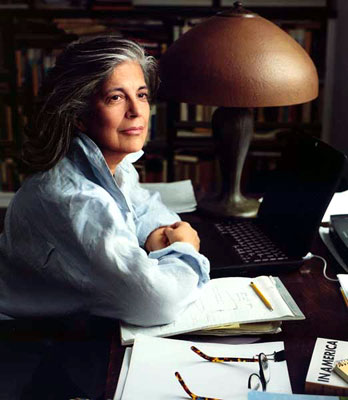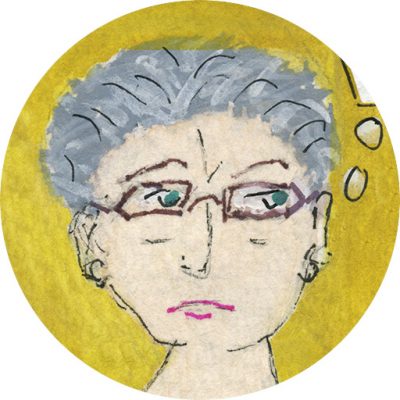Saturday night I watched the showing of Nancy Kates’s marvelous documentary about Susan Sontag at the Tribeca Film Festival. I was lucky enough to belong to the board of advisors for the film, and that brought me to a reception before the film. A few of us (including Terry Castle, from her essay on “Notes on Camp,” and Nancy Kates herself, from “The Conscience of Words”) read something from or about Sontag. (Tip: never read after Terry Castle.) I excerpted a piece I published in PMLA in 2005, in a collection of short essays following her death:
Elaine Showalter describes reading Norman Podhoretz’s Making It in graduate school, impressed by his account of the Dark Lady, the “only famous woman of Letters in New York.” Mary McCarthy had “originated the role,” Showalter goes on to explain, quoting Podhoretz, “but by the 1960s no longer occupied it, having recently been promoted to the more dignified status of Grande Dame as a reward for her long years of service.” Showalter confessed that she was fascinated by the information: “How did you get to be a Dark Lady? Where in New York could you go to try out? Most important, how old was Susan Sontag?” And in one of those anecdotes too predictably bitchy to be true, McCarthy went up to Sontag at a party and said dismissively, “You’re the imitation me.”
From many angles, the film ponders the answer to the question: How do you get to be a Dark Lady?


Or, how did Susan Rosenblatt become Susan Sontag? How did she go from Sue in her high school yearbook photo to the stunning, much photographed, female figure familiar to readers around the world.
It helps to be brilliant, it helps to be gorgeous, it helps to be photogenic. Yes. But the film wonderfully shows as it illuminates various aspects of Sontag’s biography, intellectual and intimate, literary and sexual, that the mysterious mix creates the icon.
Even so, a darker question than the “how to” lurks in Showalter’s question: why this phenomenon should occur so rarely among the tiny number of women writers and intellectuals. Perhaps we each could propose a favorite candidate, but the economy of scarcity guarantees that consensus is unlikely.
As Carolyn Heilbrun lamented in 1967, after interviewing Sontag, and conjuring up other comparable legendary female figures—Simone de Beauvoir, Iris Murdoch, the younger Mary McCarthy–“How short the world is of famous, intelligent women: one per country per generation.”
While you are waiting, go see the film!
